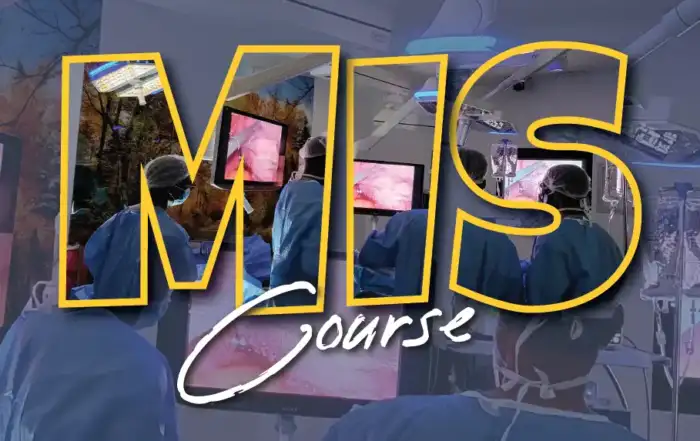Authors / metadata
DOI: 10.36205/trocar2.2021003
Abstract
Endometriosis is highly prevalent but poorly understood especially in the young patient hence it remains a challenge to manage. The main issue is that there is no correlation between the symptoms and the severity of the disease this leads to the constatation that it becomes very difficult to define who to operate and who not.
Surgery however has shown to significantly improve endometriosis related symptoms. All the above considerations lead to the fact that management of endometriosis in the young patient is often dictated by personal convictions of physicians – patients – and the local diagnostic, therapeutic path and expertise (or lack of), rather than by robust evidence from adequately designed and conducted pragmatic, randomized control trial (RCT). The last are not always possible from an ethical point of view.
The main aspects of the symptoms in the young patient are pain and infertility with pain coming in the first place. However, we have to consider that infertility is often a consequence of progressive deep endometriosis that has not been radically treated.
Therefore, it is better that when in doubt to have a look. Surgery has its risks and these are directly correlated to the experience of the surgeon. When to do surgery? Surgery is never the first option. Can we afford not to do surgery?
Regardless of the type of hormonal treatment used, many women remain symptomatic during and after the treatment or have high symptom recurrence after therapy cessation. Patients do stop because of significant side effects.
Preoperative imaging?
In young patients TVUS is less appropriated unless the patients are sexually active therefore it is still recommended that adolescents who do have failed hormonal and pain therapy are offered surgery to establish a diagnosis as more than two third will likely have endometriosis. The main drawback for preoperative imaging is that the result depends on the person preforming the technique and interpreting the images. Therefore, a multidisciplinary approach is highly recommended in the young patient.
What do we know?
The number of patients with endometriosis is increasing. The severity of the disease in increasing. Affected patients are getting younger. The effects of the disease on the QOL of young patients are getting more and more pronounced. There is no discrimination between ethnic groups.
What do we do?
An initial expectant management is safer but if there is no improvement in a set timeframe laparoscopy should be performed. If at laparoscopy endometriosis is diagnosed it should be treated aggressively by excision. Always be aggressive to the disease but conservative to the function.





